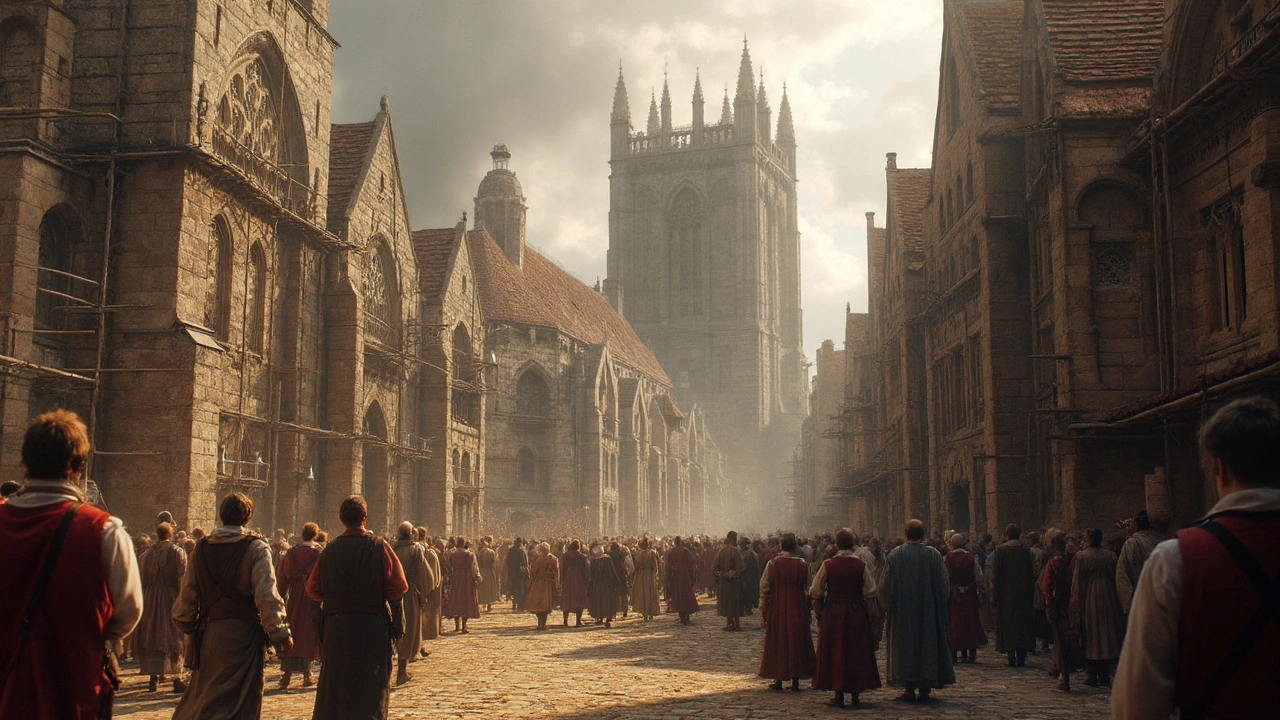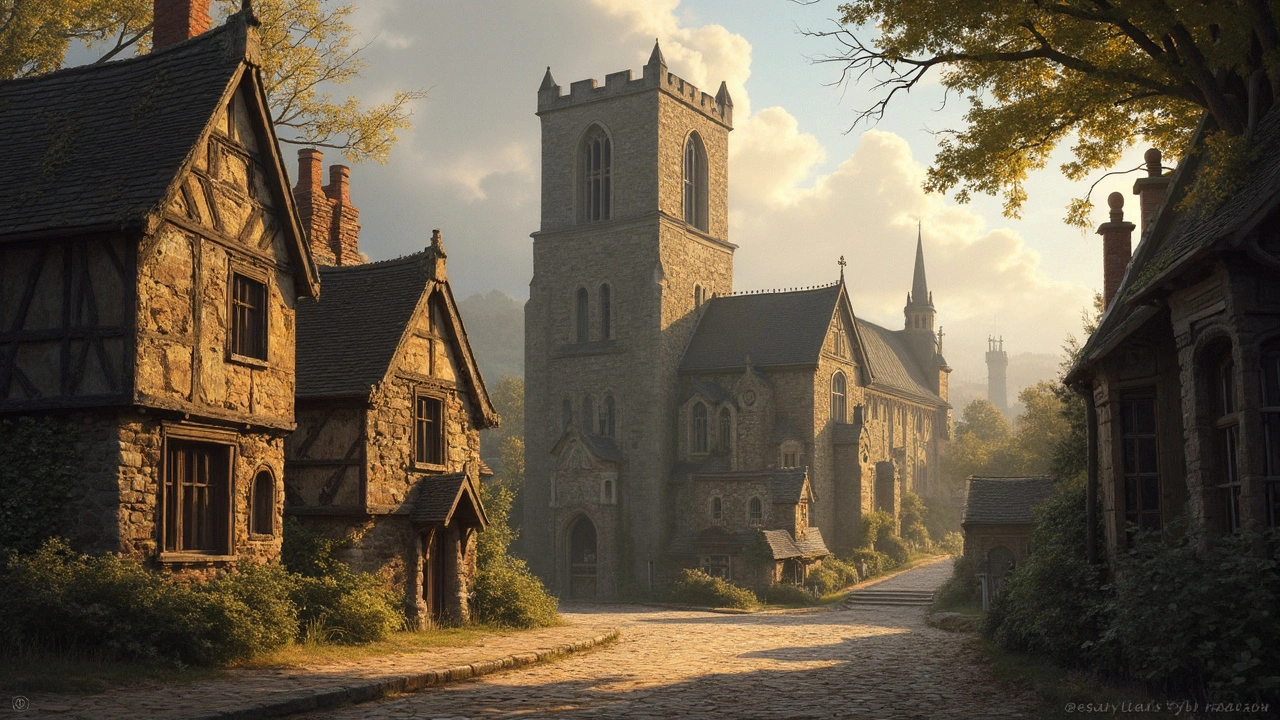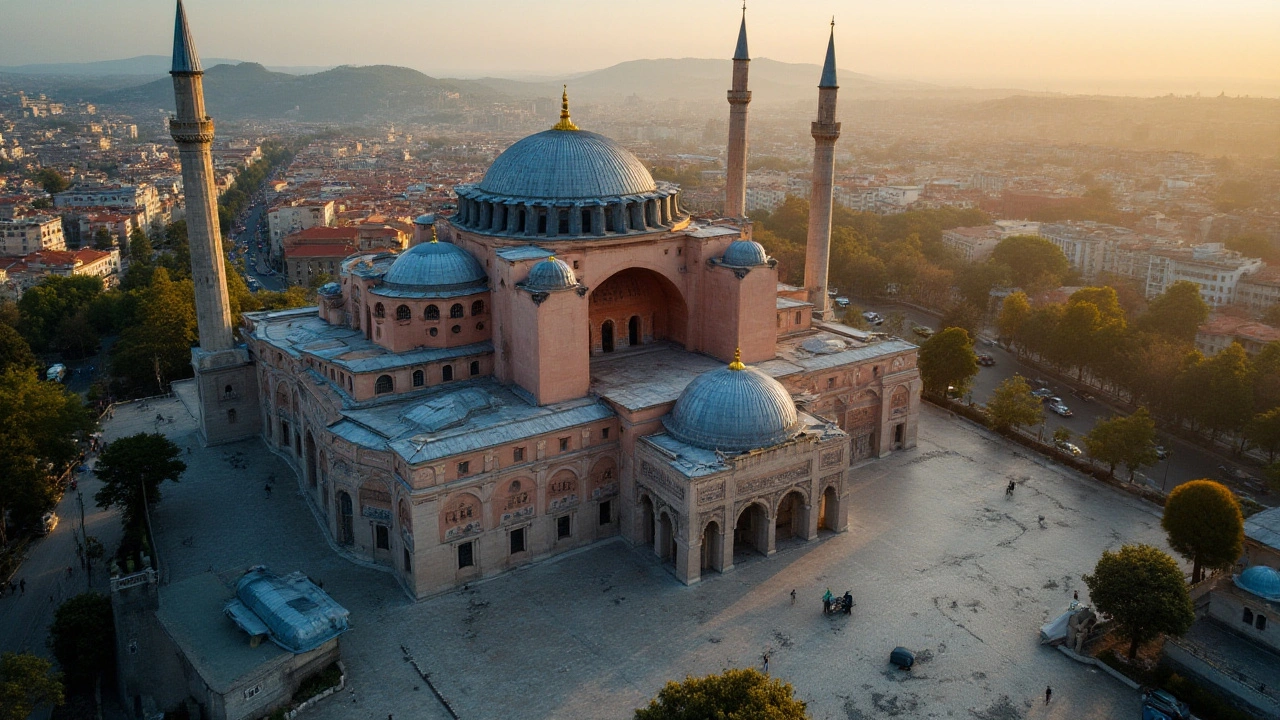Medieval Buildings: Spot Romanesque, Gothic and Byzantine Features
Some medieval cathedrals took centuries to finish, and every layer tells a story. If you want to read those stories fast, start by learning three clear signs: shape, openings, and decoration. Those clues help you tell a Romanesque church from a soaring Gothic cathedral or a mosaic-rich Byzantine basilica — even before you step inside.
How to identify common medieval styles
Romanesque buildings feel solid. Look for thick stone walls, small round-arched windows, low profiles, and rounded arches over doors and arcades. These buildings were built to last and to feel protected — think fortress-like parish churches and early pilgrimage churches.
Gothic architecture aims up. Pointed arches, tall stained-glass windows, ribbed vaults, and flying buttresses let walls get thinner and light flood interiors. If you see lots of vertical lines, traceried windows, or ornate sculptures around portals, you’re likely looking at Gothic design or its descendants.
Byzantine places mix domes and mosaics. Domes on pendentives, golden mosaics, and brick or stone patterns are giveaways. Byzantine buildings often center around a main dome and use colorful iconography rather than Gothic statuary. If you’ve read about Hagia Sophia, that’s the classic example.
Practical tips for visiting and preserving medieval sites
When you visit, start outside: note the roofline, arches, and buttresses before entering. Inside, follow the light — stained glass and vault ribs guide your eyes to key features like choir screens, altars, or mosaics. Carry a small flashlight for dim corners and a guidebook or short article to check dates and renovations. Many medieval sites were repaired or remodeled later, so a Gothic-looking window could be a 19th-century addition.
Want to help preserve these buildings? Stay on marked paths, don’t touch fragile carvings or mosaics, and follow local rules. If you photograph interiors, check flash rules — light and moisture damage pigments and textiles. Donations at small local churches often go directly to maintenance; that’s one of the best ways to support care for old stones.
Curious where to learn more on this site? Read our pieces like "Romanesque Architecture: The Birth of a Grand Style" for church-building basics, or the Byzantine articles to see how eastern ideas shaped medieval space. If you want to track medieval influence in later periods, look at Gothic Revival articles to see how the style returned with new ideas centuries later.
Medieval buildings can feel remote, but they’re practical classroom stones. Watch how they manage light, weight, and crowd flow — those are lessons architects still borrow. Next time you stand in a cool stone nave or climb a castle stair, try naming the features you see. You’ll notice details you missed before, and the building will start to speak in its own clear voice.

Romanesque Architecture: The Birth of a Grand Style
This article breaks down what makes Romanesque architecture stand out, from its chunky stone walls to its famous rounded arches. You'll get a sense of why this style took off around Europe during the Middle Ages. Curious about the first cathedrals and how people actually built them without cranes? We’ll cover that. Expect stories, unexpected facts, and some tips if you ever set foot in an old Romanesque church.
Read more
Exploring Romanesque Architecture: A Medieval Masterpiece
Romanesque architecture offers a glimpse into the medieval mind with its robust and sturdy designs. Dominated by thick walls, rounded arches, and massive towers, this style emerged around the 10th century. It profoundly influenced the structure of churches and castles throughout Europe. Exploring these architectural marvels reveals intricate carvings and the clever use of light. Experience the mysterious and awe-inspiring reality of buildings that have stood the test of time, and understand the principles that inspired countless architects.
Read more
Exploring Byzantine Architecture: A Journey Through Ancient Artistry
Dive into the mesmerizing world of Byzantine architecture, a blend of art and engineering that flourished in the Eastern Roman Empire. Learn how this architectural style transformed iconic structures with grand domes and ornate mosaics, influencing generations to come. From the awe-inspiring Hagia Sophia to the hidden gems across Europe and the Middle East, appreciate the rich heritage and craftsmanship of Byzantine architects. Understand its key elements and the historical significance it holds even today.
Read more
Exploring the Beauty of Romanesque Architecture: A Journey Through Time
Romanesque architecture emerged as a defining style in medieval Europe, characterized by its massive stone structures, rounded arches, and sturdy pillars. This architectural style, flourishing between the 9th and 12th centuries, set the foundation for the later Gothic architecture. By examining key features such as barrel vaults and decorative arcading, this article unravels the cultural and historical significance of Romanesque design. It also offers insights into exemplary structures that illustrate the architectural ingenuity of the era.
Read more